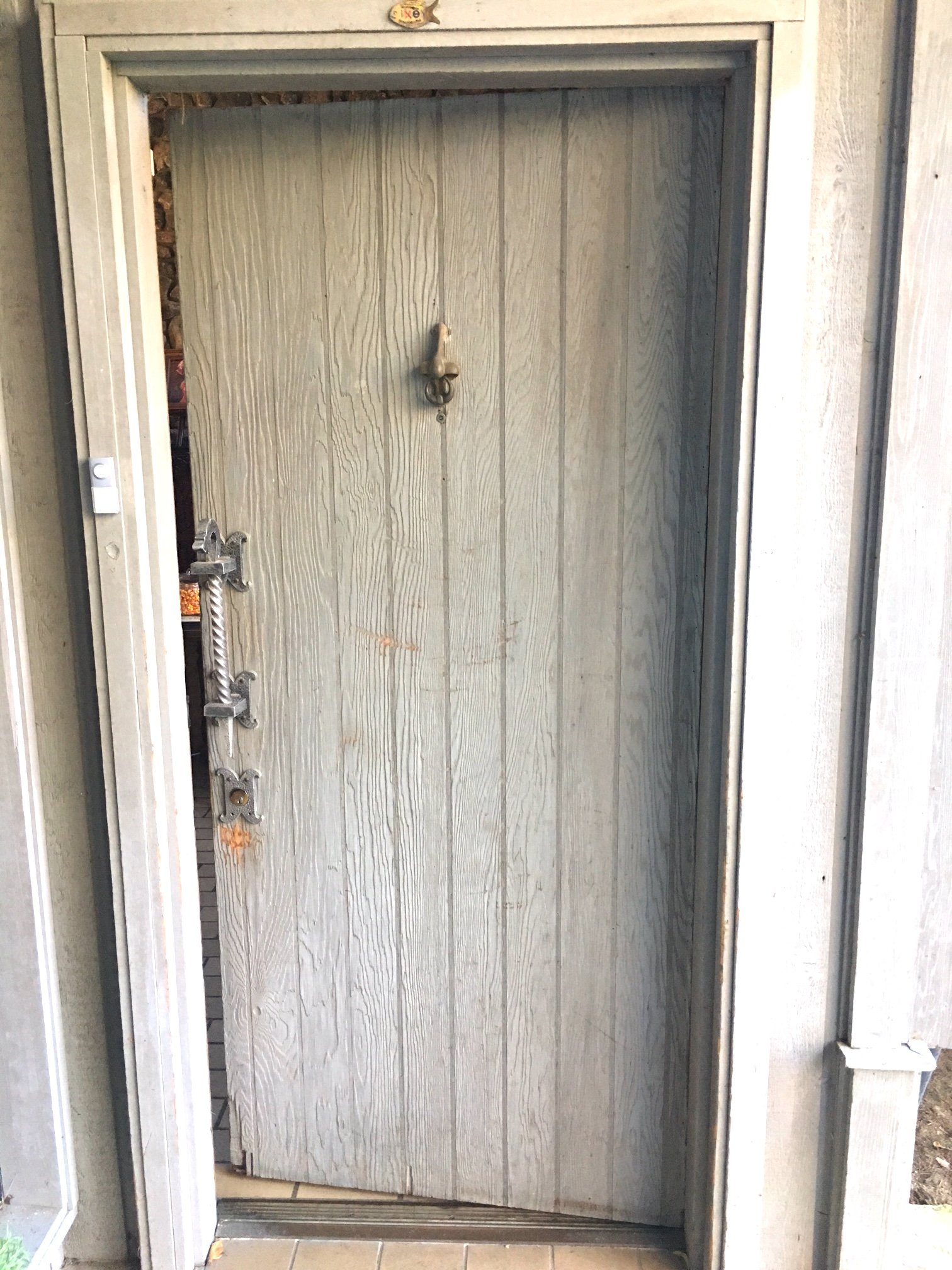Change and New Doors Opening
Kidd: Spiritual Whittling
“There’s an old Carolina story I like about a country boy with a great talent for carving beautiful dogs out of wood. He sat on his porch whittling daily, letting the shavings fall around him. A visitor, greatly impressed, asked him the secret of his art. “I just take a block of wood and whittle off the parts that don’t look like a dog,” he replied….
In spiritual whittling, though, we don’t discard the shavings. Transformation happens not by rejecting these parts of ourselves but by gathering them up and integrating them. Through this process we reach a new wholeness. Spiritual whittling is an encounter with Mystery, waiting, the silence of inner places—all those things most folks no longer have time for.”—Sue Monk Kidd in When the Heart Waits (HarperOne 2016 )
This is also my experience of transformation. I constantly realize parts of my life that keep me “together” or keep me connected to God that are useful at one time, and later become tired and worn and need to rest. Our ministry or what we have to offer changes.
One of the most challenging changes for me was leaving my medical practice. That was my identity. But I wanted to do so many other things. It becomes more challenging to keep up with the constantly changing technical, medical world if we do not stay with it constantly. I learned that just because we are good at one ministry doesn’t mean we should always keep doing it. We may be keeping others from the joy of that ministry, and they may even do it better! Also, the wisdom we learn from one career or ministry is always useful for the next one. Nothing is ever wasted.
I am also learning to be more vigilant about habits that kept me safe during some parts of my life, which later became destructive.
What am I trying to say? Life is about constantly giving up control or the illusion that we are in control. It is being open to change, letting doors shut, but being available to enter new doors or not being afraid to sit in the hallway for a while, waiting to hear the squeak of another door opening. Finally, it is about trusting, avoiding being stuck and stagnating, or thinking we are out of options.
What new doors will be opened to us this Lent?
Joanna https://www.joannaseibert.com/




